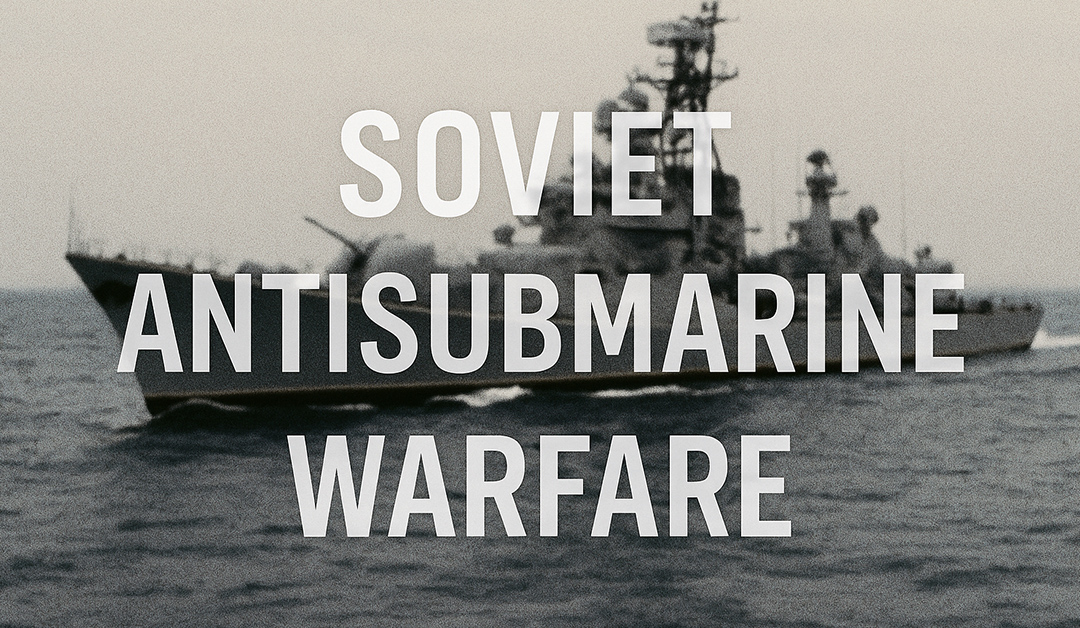A declassified CIA assessment titled "Soviet Antisubmarine Warfare: Current Capabilities and Priorities" reveals that by the early 1980s, the Soviet Union had significantly ramped up efforts to counter U.S. and NATO submarine forces.
Contrary to assumptions of a purely offensive Soviet navy, this report highlights how antisubmarine warfare (ASW) had become one of its top operational priorities.
"The Soviets are pursuing an intensive ASW effort, but its effectiveness remains limited."
🔍 Chasing Silent Hunters
The Soviet Navy recognized the danger of U.S. ballistic missile submarines and attack boats that could strike from long distances while remaining undetected.
Their ASW investments included:
-
New sonar-equipped surface ships
-
Specialized ASW aircraft
-
Nuclear and diesel attack submarines for ASW missions
-
Extensive fixed underwater sensors near chokepoints
Still, U.S. analysts believed Soviet capabilities lagged behind Western tech.
Their detection systems often relied on older acoustic models or visual contact, especially in shallow waters.
"They face major challenges in open-ocean detection."
🧭 A Shift in Naval Doctrine
The report points to a strategic change: the Soviet navy was no longer just trying to project power, but to shield its own forces and coasts from Western submarine incursions.
Defensive patrol zones were emphasized, especially around:
-
Northern Fleet bases
-
Ballistic missile sub bastions
-
Key shipping lanes and maritime borders
The Soviets developed layered ASW defenses-not always to chase enemy boats across oceans, but to protect second-strike assets and preserve retaliatory capability.
"Antisubmarine defenses are concentrated in forward areas and home waters."
⚠️ Limited but Growing Threat
Despite limitations in their deep-water tracking and engagement ability, the Soviets were improving fast.
Each year brought newer aircraft, helicopters, sonar upgrades, and tactics mimicking Western systems.
While they weren’t yet able to track and neutralize U.S. submarines globally, they could make certain regions far more dangerous for NATO underwater operations.
The report ends with a caution: the Soviet Union may never reach parity in ASW-but it doesn’t need to if it can complicate, delay, or disrupt allied submarine missions near its territory.






